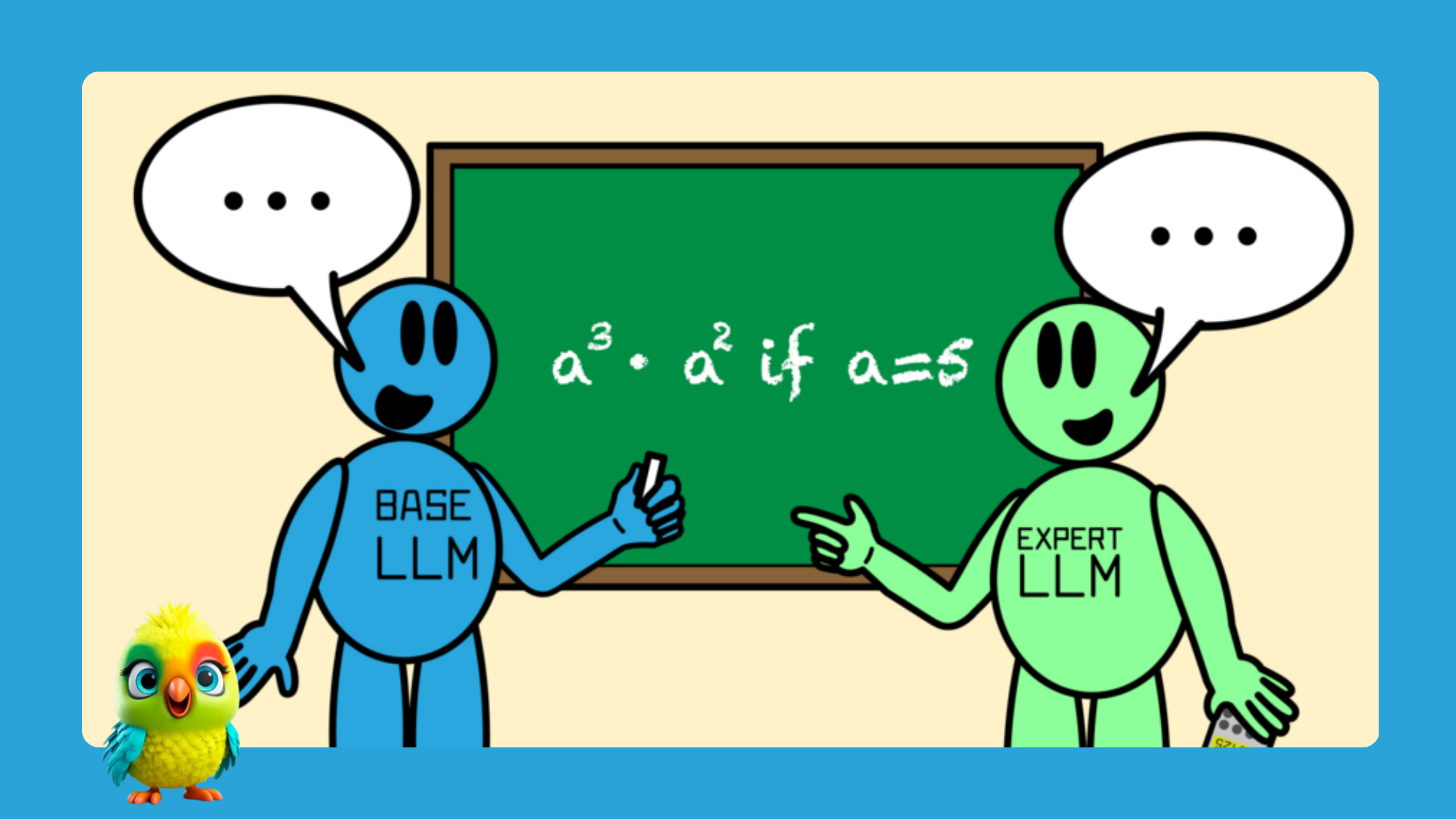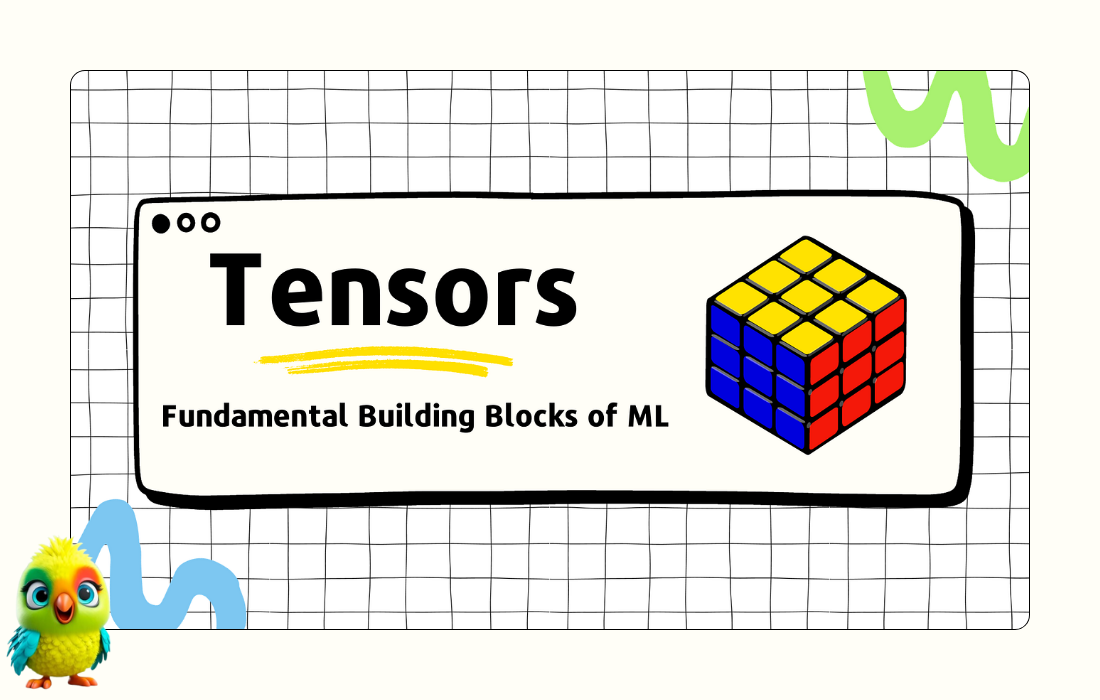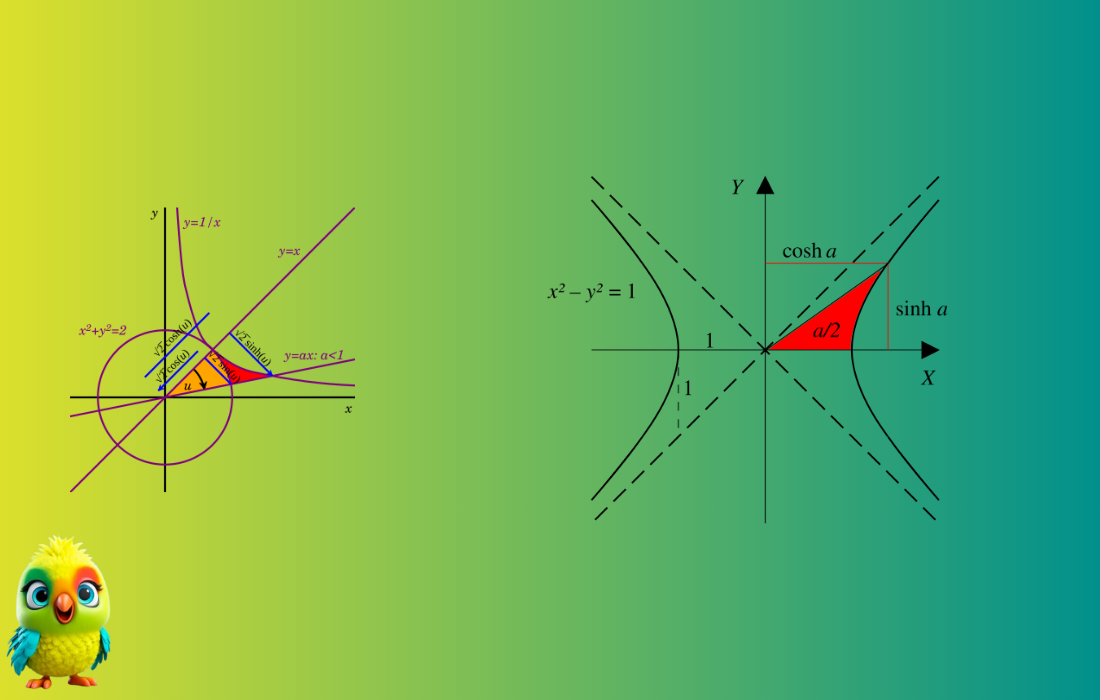In this section, we will derive and provide examples for various reduction formulas used in calculus. Each formula allows us to reduce the complexity of integrals involving different types of functions, such as exponential, trigonometric, inverse trigonometric, hyperbolic, logarithmic, and algebraic functions.
Read more: kncmap
1. Reduction Formula for Exponential Functions
Formula 1: Integral of \( x^n e^{mx} \)
\[
I = \int x^n e^{mx} \, dx
\]
Derivation: Use Integration by Parts.
Let:
– \( u = x^n \) and \( dv = e^{mx} dx \).
– Then, \( du = n x^{n-1} dx \) and \( v = \frac{e^{mx}}{m} \).
Now, apply the integration by parts formula:
\[
\int u \, dv = uv – \int v \, du
\]
Substitute \( u \), \( dv \), \( du \), and \( v \) into the formula:
\[
I = \left[ \frac{x^n e^{mx}}{m} \right] – \int \frac{n x^{n-1} e^{mx}}{m} \, dx
\]
This gives the reduction formula:
\[
I = \frac{1}{m} x^n e^{mx} – \frac{n}{m} \int x^{n-1} e^{mx} \, dx
\]
Example:
For \( \int x^2 e^{3x} \, dx \), apply the formula with \( n = 2 \) and \( m = 3 \):
\[
I = \frac{1}{3} x^2 e^{3x} – \frac{2}{3} \int x e^{3x} \, dx
\]
Now apply the formula to the integral \( \int x e^{3x} \, dx \), and repeat until the integral becomes manageable.
Read more: kncmap
Formula 2: Integral of \( \frac{e^{mx}}{x^n} \)
\[
I = \int \frac{e^{mx}}{x^n} \, dx
\]
Derivation: This formula can be derived using repeated integration by parts or by Derivation and Examples of Reduction Formulas it as a standard result.
First, recall that the integral of \( \frac{1}{x^n} \) will have the form \( \frac{1}{(n-1) x^{n-1}} \). Using integration by parts:
Let \( u = e^{mx} \) and \( dv = \frac{1}{x^n} dx \), then \( du = m e^{mx} dx \) and \( v = \frac{1}{(n-1) x^{n-1}} \).
\[
I = \int \frac{e^{mx}}{x^n} \, dx = – \frac{e^{mx}}{(n-1) x^{n-1}} + \frac{m}{n-1} \int \frac{e^{mx}}{x^{n-1}} \, dx
\]
Example:
For \( \int \frac{e^{3x}}{x^2} \, dx \), apply the formula with \( m = 3 \) and \( n = 2 \):
\[
I = – \frac{e^{3x}}{x} + 3 \int \frac{e^{3x}}{x} \, dx
\]
Now apply the formula to \( \int \frac{e^{3x}}{x} \, dx \) and repeat the process.
Read more: kncmap
2. Reduction Formula for Hyperbolic Trigonometric Functions
Formula 1: Integral of \( \sinh^n(x) \)
\[
I = \int \sinh^n(x) \, dx
\]
Derivation: Use Integration by Parts and reduce the powers step by step.
First, recognize that:
\[
\sinh^n(x) = \sinh^{n-1}(x) \sinh(x)
\]
Use integration by parts, where:
– Let \( u = \sinh^{n-1}(x) \) and \( dv = \sinh(x) dx \),
– Then, \( du = (n-1) \sinh^{n-2}(x) \cosh(x) dx \) and \( v = \cosh(x) \).
Thus, applying integration by parts:
\[
I = \sinh^{n-1}(x) \cosh(x) – \int (n-1) \sinh^{n-2}(x) \cosh^2(x) \, dx
\]
Simplify further by using the identity \( \cosh^2(x) = 1 + \sinh^2(x) \).
Example:
For \( \int \sinh^3(x) \, dx \):
\[
I = \sinh^2(x) \cosh(x) – 2 \int \sinh(x) \, dx
\]
Since \( \int \sinh(x) \, dx = \cosh(x) \), the integral becomes simpler after the reduction.
Read more: kncmap
Formula 2: Integral of \( \cosh^n(x) \)
\[
I = \int \cosh^n(x) \, dx
\]
Derivation: Similar to \( \sinh^n(x) \), use integration by parts. Start with:
\[
\cosh^n(x) = \cosh^{n-1}(x) \cosh(x)
\]
Apply integration by parts, where:
– \( u = \cosh^{n-1}(x) \),
– \( dv = \cosh(x) dx \).
Thus, the formula is:
\[
I = \frac{1}{n} \sinh(x) \cosh^{n-1}(x) – \frac{n-1}{n} \int \cosh^{n-2}(x) \, dx
\]
Example:
For \( \int \cosh^4(x) \, dx \):
\[
I = \frac{1}{4} \sinh(x) \cosh^3(x) – \frac{3}{4} \int \cosh^2(x) \, dx
\]
Use the identity \( \cosh^2(x) = \sinh^2(x) + 1 \) to simplify the integral further.
Read more: kncmap
3. Reduction Formula for Trigonometric Functions
Formula 1: Integral of \( \sin^n(x) \)
\[
I = \int \sin^n(x) \, dx
\]
Derivation: Use integration by parts.
Let:
– \( u = \sin^{n-1}(x) \), and
– \( dv = \sin(x) dx \).
The integral becomes:
\[
I = – \frac{1}{n} \sin^{n-1}(x) \cos(x) + \frac{n-1}{n} \int \sin^{n-2}(x) \, dx
\]
Example:
For \( \int \sin^3(x) \, dx \):
\[
I = -\frac{1}{3} \sin^2(x) \cos(x) + \frac{2}{3} \int \sin(x) \, dx
\]
Since \( \int \sin(x) \, dx = -\cos(x) \), the final answer is:
\[
I = -\frac{1}{3} \sin^2(x) \cos(x) – \frac{2}{3} \cos(x)
\]
Read more: kncmap
Formula 2: Integral of \( \cos^n(x) \)
\[
I = \int \cos^n(x) \, dx
\]
Derivation: Similar to the sine function, use integration by parts.
Let:
– \( u = \cos^{n-1}(x) \),
– \( dv = \cos(x) dx \).
Apply the formula:
\[
I = \frac{1}{n} \sin(x) \cos^{n-1}(x) + \frac{n-1}{n} \int \cos^{n-2}(x) \, dx
\]
Example:
For \( \int \cos^4(x) \, dx \):
\[
I = \frac{1}{4} \sin(x) \cos^3(x) + \frac{3}{4} \int \cos^2(x) \, dx
\]
Use the identity \( \cos^2(x) = 1 – \sin^2(x) \) to reduce the integral further.
Read more: kncmap
4. Reduction Formula for Inverse Trigonometric Functions
Formula 1: Integral of \( x^n \arcsin(x) \)
\[
I = \int x^n \arcsin(x) \, dx
\]
Derivation: Use Integration by Parts.
Let:
– \( u = \arcsin(x) \) and \( dv = x^n dx \),
– Then \(du = \frac{dx}{\sqrt{1-x^2}} \) and \( v = \frac{x^{n+1}}{n+1} \).
Apply the integration by parts formula:
\[
I = \frac{x^{n+1}}{n+1} \arcsin(x) – \frac{n}{n+1} \int x^n \, dx
\]
Example:
For \( \int x^2 \arcsin(x) \, dx \):
\[
I = \frac{x^3}{3} \arcsin(x) – \frac{2}{3} \int x^2 \, dx
\]
Since \( \int x^2 \, dx = \frac{x^3}{3} \), the integral simplifies.
Read more: kncmap
Conclusion
Reduction formulas are indispensable tools in integration, allowing us to break down complex integrals into simpler, more manageable components. By understanding the derivations and applying the formulas step-by-step, you can integrate a wide variety of functions more efficiently. Whether you’re dealing with exponential, trigonometric, hyperbolic, logarithmic, or inverse trigonometric functions, these formulas help streamline the process of integration.






















